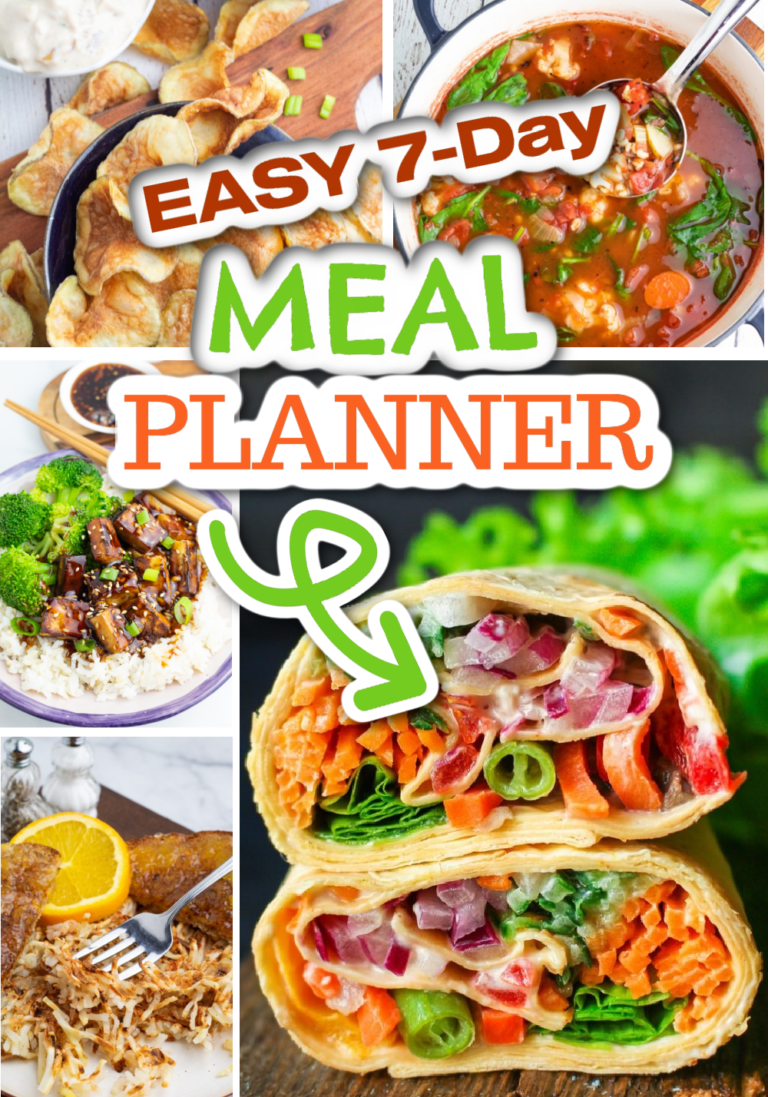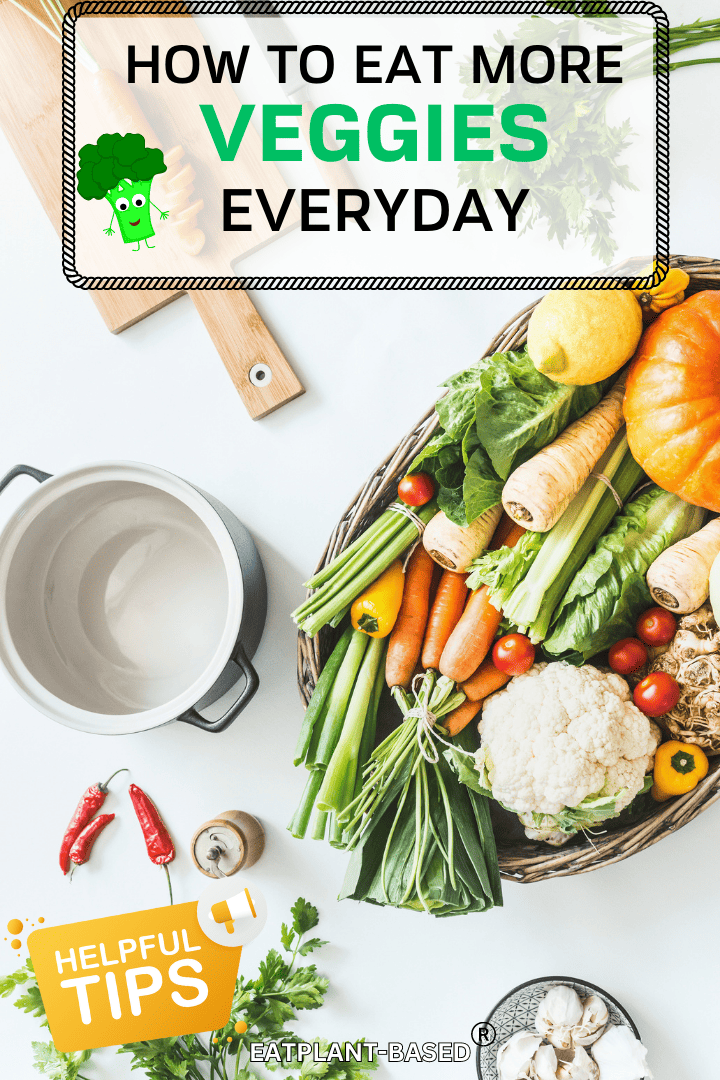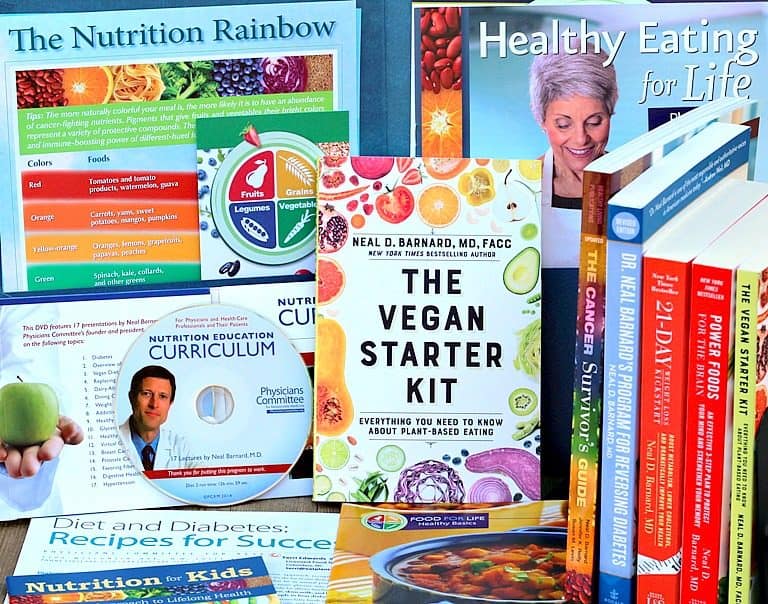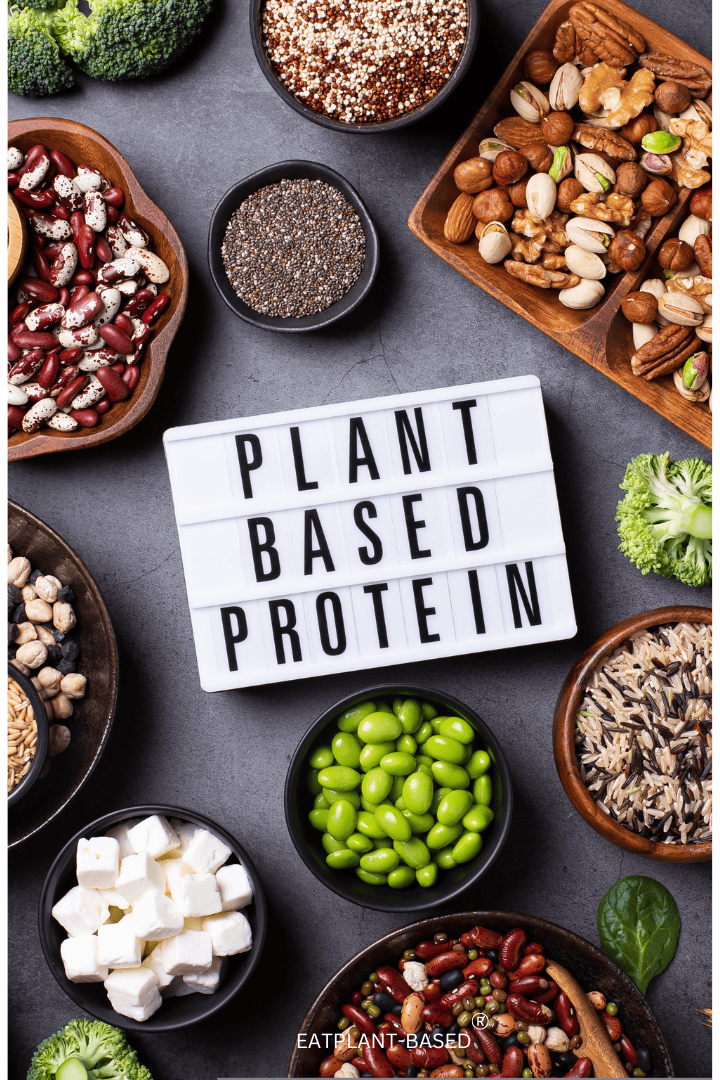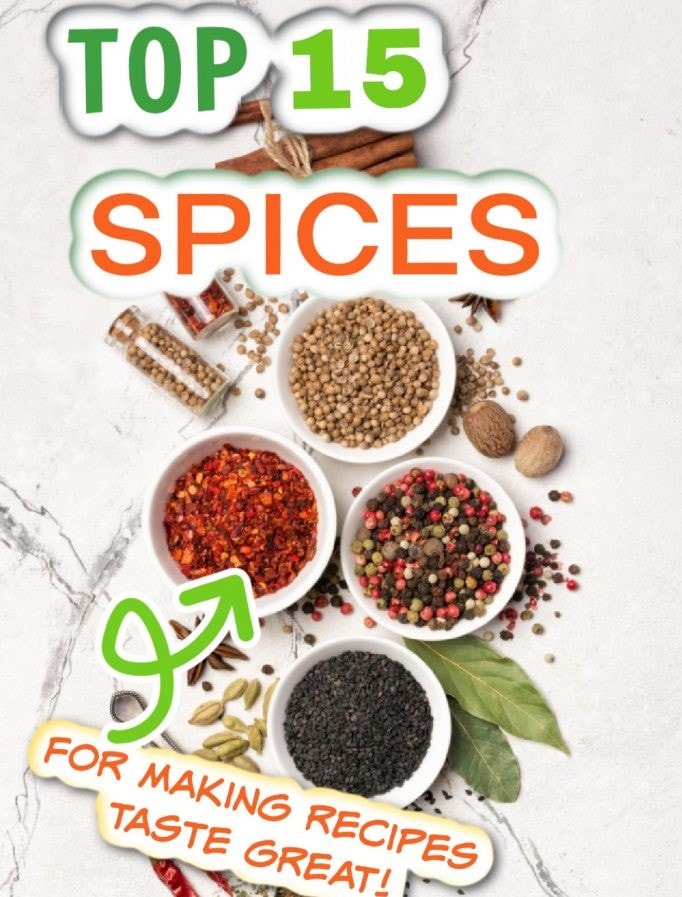How to Start a Plant-Based Diet
Transitioning to a whole food plant-based diet (WFPB) and lifestyle is one of the most powerful things you can do for your health. There is continuously growing scientific evidence that many of the chronic illnesses we deal with can be controlled, prevented, and even reversed with a healthy plant-based diet.
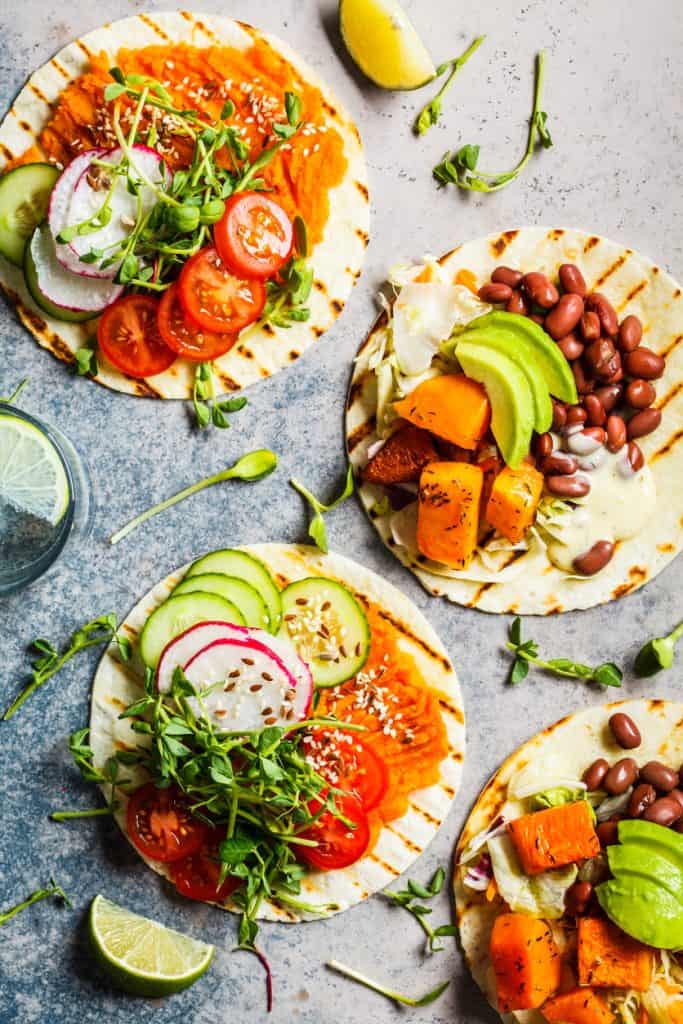
In this article, Dr. George Guthrie, M.D. shares some tips on how he helps his patients make the transition to a healthier and happier whole food plant-based diet. Our Plant-Based Starter Kits can also help you get going on the right track!
You Choose: The Fast Way vs. The Slow Way
What kind of a person are you? Are you a go-for-it, all-in person or are you more cautious? People tend to approach lifestyle changes in different ways.
As I think back over my practice and the recommendations I’ve made over the years, I remember a couple who came to me for help. The husband had just been diagnosed with type 2 diabetes.
I shared with them the direction they could go based on the DiRECT trial; the information was presented pleasantly and with the realistic hope of reversal but in strict terms: “This is how you make it go away.” They seemed to respond to the explanation and, with the online resources they were given, embraced the stringent process.
When I saw them again in six weeks, they had gone wholeheartedly into a 100 percent plant-based diet, and the husband’s early diabetes was no longer evident. Because he started early, the reversal was easier than it would have been if he had already experienced significant secondary problems.
Other people I’ve seen were afraid to move in. They were hesitant, saying things like, “Yes, I know that’s supposed to be better, but I still like this [food] and will not give it up.” It may be helpful to look at your own character and that of your family and say, “How do I really want to go about this?”
The Fast Way: The Benefits of Going All In
If you’re an all-in type of person, make it a challenge. Let everyone in your house know, “We’re going to do this for three weeks.” Maybe everyone will agree to try it for a month or six weeks!
Whatever time frame you agree on, start by figuring out how to record what each person feels during the challenge. Keep track (on a calendar, etc.), noting, “Great day; lots of energy,” “Tough day; my cravings got the best of me,” and so on. That way, it is easier to see progress as improvements happen. The whole family could benefit from this kind of tracking!
If you go all in right away, the initial changes are quite dramatic, but the payoff is even more dramatic. My experience with patients has taught me another benefit.
If there is a slip-up after the commitment to go all in, the body alerts the individual with a rather rapid feeling of illness or fatigue. This can help a person stay on track and reinforce better choices.
Often my patients have said to me, “I was doing great, but that hamburger [or piece of cake, or whatever it was] looked so good!” They said to themselves, “I’m healthy enough to handle it now. Just one won’t hurt.”
Then they eat it. The response for those who go all in is, “I feel terrible. I feel sick. I don’t ever want to do that again.” Doing things quickly has its benefits and can make it easier to stick with healthy choices!
Plant-based beginner guides:
- Plant-Based Beginner Guide
- Whole Food Plant-Based Meal Planning Guide
- Plant-Based on a Budget (with meals and grocery lists)
- How to Eat Healthy at Restaurants
The Slow Way: The Benefits of Small Steps
Some people who consider switching to a whole-food, plant-based lifestyle are not necessarily facing an immediate health crisis. They understand the benefits of this eating pattern.
They may want to lose weight with diet, prevent illness, have more energy, be healthier, or improve their longevity. Maybe they have watched other family members struggle with lifestyle diseases, and they want their lives to be different.
Whatever the case may be, they are ready to make the transition. If this sounds like you, I have some additional tips and recommendations to help you transition to this new way of life.
If you’re the kind of person who struggles with change or if rapid change isn’t possible (for example, if your family is resistant, so you need to introduce change gradually), that’s okay. Just remember that the changes you feel will be gradual as well, and there will be a tendency to prolong the “emotional pain” of the change.
One way to ease into change is to move slowly and incorporate healthy recipes and creative food combinations into the family’s eating pattern, one meal at a time. When you transition slowly, you can make it a family event in which everybody helps identify healthy replacement meals.
It’s fun to discover the incredible variety of healthy meals. Look at food from other cultures, such as Spanish, Italian, Chinese, and Thai. What whole-food, plant-based foods do they use that will make healthy and fun choices for you and your family?
Most families eat twelve to fifteen different meals on a random rotational basis. That is doable! If you adopt one new healthy meal each month, the complete change could happen in a little over a year. After a while, all your meals will be healthy.
After you have transitioned your everyday meals, start working on healthy meals for holidays like Thanksgiving and Christmas. How can you make those meals healthier? Start with everyday meals and build something extra special on that.
Transitioning with a Family
Having said that, families can also make changes quickly. An acquaintance of mine, also a physician, heard me lecture twenty-plus years ago on whole-food, plant-based living as a way to reverse diabetes, obesity, and heart disease.
He was dealing with these health challenges and, together with his wife, committed to the transition. The challenge was that they had teenage kids at home—and teenagers have their own ideas about how things should be done.
My friend and his wife approached their kids in a way that I thought was absolutely genius. They did it like this: When suppertime came, Mom said, “OK, kids, what do you want to eat tonight?” They said what they wanted, and she prepared it for them. Then she prepared a separate, extra-healthy, whole-food, plant-based meal for Dad.
The first few times this happened, the kids asked, “Why is Dad eating something different than us?” Mom answered, “Well, this is for Dad’s health. We’re trying to help him get better.”
This went on for a few nights, and the kids said, “Can we try some of that?” They’d take a small portion and like it. This happened again the next evening and the next. In less than two weeks, the kids came to Mom and said, “You know, Mom, that stuff you’re fixing for Dad is fine. You don’t have to make a different meal for us.”
The teenagers made the switch, but it was their choice, and they were encouraged into it rather than shamed or pushed into it. This is one of the best ways to implement change with people who are resistant. Instead of telling them they’re wrong, give them something better. Then it’s easier to make the change.
Whatever your way is for making change, just do something. Make some moves in that direction. Choose your path and enjoy the ride. You’ll be healthier for it.
There are plenty of plant-based cookbooks that can help you get more comfortable preparing healthy meals in your own kitchen.
These are some plant-based Beginner Guides that will help those starting their whole food plant-based journey.
If you need a little help in the kitchen, take a look at our cooking tips and essential kitchen tools.
About the Author

Dr. George E. Guthrie is a board-certified family medicine physician and a member of the academic program at AdventHealth’s Centre for Family Medicine in Winter Park, Florida, where he trains medical residents with a focus on community and lifestyle medicine.
Dr. Guthrie became an advocate for lifestyle medicine early in his career while serving on the island of Guam. The high incidence of type 2 diabetes in the population sparked an interest in the effective treatment of chronic disease through lifestyle change.
Dr. Guthrie has helped lead the development of several lifestyle-change programs, including the Complete Health Improvement Project (CHIP), the Wellspring Diabetes Program, and AdventHealth’s CREATION Life program. He is past president of the American College of Lifestyle Medicine. For more information visit DrGeorgeGuthrie.com or EatPlantsFeelWhole.com.


